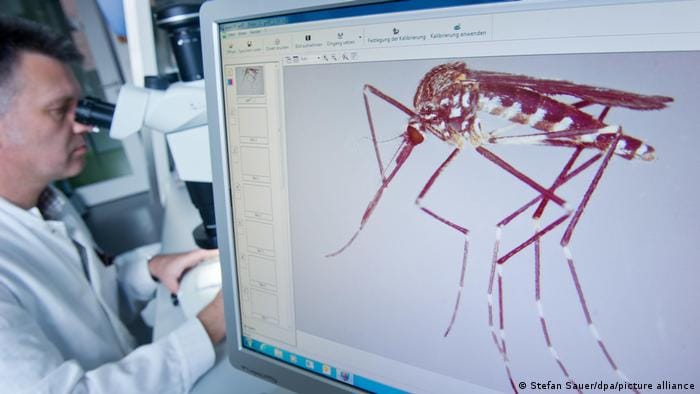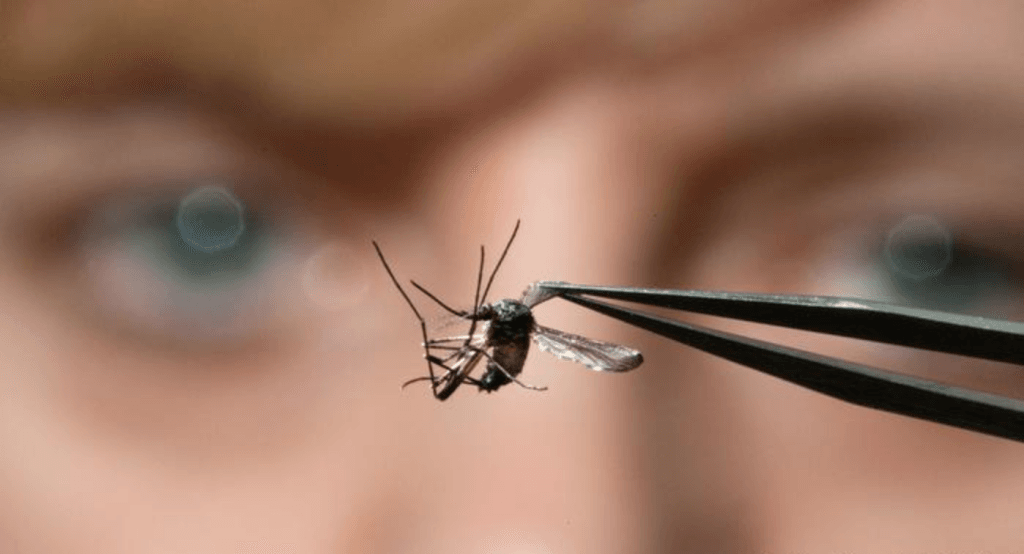We learned a lot about mosquitoes in childhood, since almost all of us encounter these blood-sucking insects from an early age. We decided to check how true some common claims about mosquitoes are.
It is often difficult to track where misconceptions about such an everyday phenomenon as mosquitoes come from. Many of them can attribute into the category of folk wisdom or “grandmother’s advice” passed on from mouth to mouth. Common myths about these insects become even more deeply rooted in the mass consciousness through mentions in blogs, anecdotes or comic songs. Some wander from generation to generation like children's horror stories in a summer camp, while others - like medical recommendations.
Myth No. 1. Large mosquitoes are malarial
Giant mosquitoes are long-legged mosquitoes, or Karamors. They are not bloodsuckers and feed on nectar or do not feed at all, using the supply of substances accumulated during the larval stage. These insects pose no danger to humans. The only harm that centipedes can cause is damage to agriculture, caused their larvae.

But the real ones malaria mosquitoes (genus Anopheles) do not differ in size and color from the common squeaking mosquitoes (genus Culex). There is only a difference in the body proportions of malaria mosquitoes: their back pair of legs are longer than the front ones (unlike piskunov, in which all legs are approximately the same length). In laboratory conditions, this feature is easy to notice. But in the wild, an ordinary person is unlikely to determine the type of mosquito by eye.
Myth No. 2. Mosquitoes fly towards the light
According to popular belief opinion, if you leave the window open at night with the lights on, mosquitoes will fly in. In fact, butterflies and moths flock to the light and are attracted to the light. But mosquitoes are indifferent to light; other factors attract them to potential prey. Research by American entomologists showedthat mosquitoes fly on carbon dioxide exhaled by a person or animal, thermal radiation and substances contained in sweat.

During the experiment, scientists analyzed the composition of substances contained in human sweat. Among the hundreds of substances detected, four components predominated: 6-methyl-6-hepten-2-one, nonanal, decanal and geranylacetone. The scientists then assessed the insect's response to each of these substances. The experiment showed that nonanal caused the most active reaction; it was he who “sent a message” to the mosquito about the presence of food.
Myth No. 3. Drinking gin and tonic repels mosquitoes
The key component of the tonic is quinine, which was previously obtained from the bark of the cinchona tree, but is now synthesized chemically. The effectiveness of quinine in the prevention and treatment of malaria has led to the myth that the gin and tonic cocktail repels mosquitoes that carry this infection. In fact, mosquitoes smell quinine doesn't scare away, and the blood with the quinine it contains does not become less “tasty” for insects. The effectiveness of quinine against malaria is explained by the fact that in high concentrations it capable kill malaria parasites once they have entered the human body.

At the same time, gin and tonic can hardly be equated to a medicine against malaria. In tonic that has survived to this day, the concentration of quinine is significantly reduced, therefore, to achieve the previous antimalarial effect, the patient would have to drink tens of liters of tonic per day. Gin doesn't repel mosquitoes either. On the contrary, the presence of alcohol in the blood does humans are more attractive to mosquitoes. At least, it is known that people who drink beer in nature are more interested in mosquitoes than non-drinkers.
Myth No. 4. Mosquitoes feed primarily on human blood
Mosquitoes are the main source of energy use carbohydrates obtained from nectars, honeydew and juices of sugar plants. Only females drink blood some types mosquitoes - and only to lay eggs, which require protein to mature. The blood does not have to be human—most mosquitoes come from mammals, amphibians, reptiles and birds. Eat species mosquitoes that do not bite people at all, but feed exclusively on the blood of other animals, such as livestock, birds or frogs.

Again, we are talking only about females. The oral apparatus of males is not intended at all for piercing the skin and accessing blood vessels, but is only suitable for collecting nectars. Moreover, blood is destructive for males. When in laboratory conditions males fed blood, their life expectancy was reduced from a month to several days.
Myth No. 5. After biting a person, the mosquito dies
Usually the female strives to suck a full portion of blood in one bite, but if she is disturbed, she takes off and after some time bites again. This series can count up to 15 bites until the female’s brain receives a signal of satiety. It is also possible that some people's blood is not as easily thinned by the anticoagulant found in the mosquito's saliva, so the mosquito has to make more attempts to get food. Another reason for multiple bites may be that the mosquito sometimes cannot find a suitable blood vessel on the surface of the skin the first time. Also some research show that the female is usually forced to bite several times if either she or the prey is carrying pathogens, such as malaria parasites. This occurs due to the fact that during the process of infection of a healthy organism by a vector (a mosquito to a person or a person to a mosquito), chemical processes are activated that slow down the absorption of blood.
After feeding on blood, the female mosquito resting two to three days to digest the whites and allow the eggs to mature. She then lays 50 to 200 eggs in the water and goes after the next victim to get a new dose of protein and lay the next batch. At favorable conditions the insect can lay eggs at intervals of two to three days. This will continue until the death of the individual. In laboratory conditions, female mosquitoes can live up to one and a half months, and in nature - one to two weeks. Males are two times smaller. Thus, during her life, a female mosquito can bite up to 10–12 victims.
Misconception
Read on the topic:
- Is it true that HIV can be transmitted through mosquito bites?
- Is it true that mosquitoes prefer to bite people of a certain blood type?
- Why Do Mosquitoes Bite Some People More Than Others?
- Mosquito myths busted: From sweet blood to schnapps
If you find a spelling or grammatical error, please let us know by highlighting the error text and clicking Ctrl+Enter.






